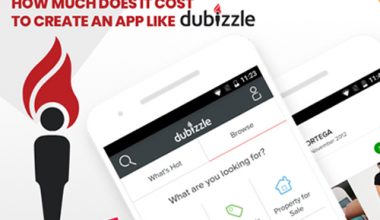Mobile is no longer a communications utility, but a media distribution hub. According to eMarketer, mobile now accounts for 12 percent of Americans’ media consumption time, triple its share in 2009.
Where is this consumer attention being focused?
The biggest beneficiaries have been mobile apps. Time spent on apps dwarfs time spent on the mobile Web, and smartphone owners now spend 127 minutes per day in mobile apps.
In a recent report from BI Intelligence, we analyze the main mobile usage trends developers and publishers should consider to be successful in mobile, detail how users are consuming content on their mobile devices, take a look at the most popular mobile activities, and examine how mobile usage is an additive activity.
To access the full report, sign up for a free trial of BI Intelligence today >>>
Here’s an overview of the four usage trends developers and publishers should consider:
The rise of gaming: Games are the largest mobile app category and the biggest money-maker in the app stores, accounting for 70% of Apple’s top-grossing apps. However, even with the most addictive games, consumers’ attention is fleeting and companies run the risk of becoming “one-hit wonders.”
Mobile-social synergies: Social networking apps are the second largest time bucket for mobile users. 39% of mobile users access social networks. This includes mobile versions of desktop favorites, as well as mobile-first networks like Instagram. Mobile holds promise for the social category, but monetization is far from a sure thing.
The piggyback rule: The only tried-and-true way for a mobile success is to take a popular usage category and build a product that piggybacks on that activity to provide a unique mobile-native experience. Instagram did it with photos, “Angry Birds” with games, but other usage categories — news, weather, travel, video etc. — are waiting for a similar hit.
Portal erosion: Mobile is a fragmented space, and consumers seem to like it that way. No one has succeeded aggregating services via a single app or mobile website. The desktop portal is fading with the advent of mobile. Yahoo Mail Traffic declined 12% in the 12 months leading up to December 2012. Carrier attempts to build mobile portals have failed miserably.

